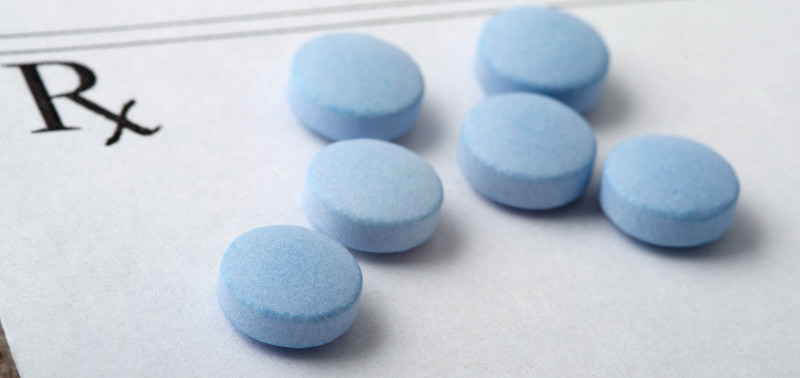CDC Warns Against Opioids For Chronic Back Pain
Category: Back Pain | Author: Stefano Sinicropi

Chronic back pain is one of the more difficult chronic conditions to manage because so many different underlying causes could be contributing to your pain. Even the best neurosurgeons may have a difficult time developing a treatment plan that works for each patient. Some patients respond better to physical therapy, others are best managed with corticosteroid injections, while another group is best treated with surgery. It can be difficult to find the right treatment plan for chronic back pain, but the Center for Disease Control and Prevention recently came out with new guidelines regarding prescription medications for chronic pain, urging doctors not to take the easy way out.
The updated CDC guidelines should come as no surprise to anyone who has been looking at the number of prescription drug overdoses over the last decade. The number of annual deaths contributed to opioid overdoses has been growing each year, and the CDC wants to do everything in its power to stop the trend.
Chronic Back Pain and Opioid Guidelines
You can get a closer look at the complete guidelines by clicking here, but here’s a quick look at clinical reminders for physicians based off the new recommendations:
- Opioids are not first-line or routine therapy for chronic back pain.
- Establish and measure goals for pain and function.
- Discuss benefits and risks and availability of non-opioid therapies with patient.
- Use immediate-release opioids when starting.
- Start now and go slow.
- When opioids are needed for acute pain, prescribe no more than needed.
- Do not prescribe extended-release/long-acting opioids for acute pain.
- Follow-up and re-evaluate risk of harm; reduce dose or taper and discontinue if needed.
- Evaluate risk factors for opioid-related harm.
- Use urine drug testing to identify prescribed substances from other providers.
- Avoid concurrent benzodiazepine and opioid prescribing.
- Arrange treatment for opioid disorder if needed.
There are a couple of points we really want to emphasize. First, the top point is key, as opioids and prescription pills should not be the first option for doctors. They should instead opt for treatments like rest/immobility, exercise/therapy, chiropractic adjustments or another option that doesn’t increase a person’s risk of becoming addicted to a drug. When looking at other treatments, point three becomes important, as doctors need to explain why other methods may be more beneficial. Finally, it’s important that doctors follow up with patients and evaluate for signs of dependence or addiction.